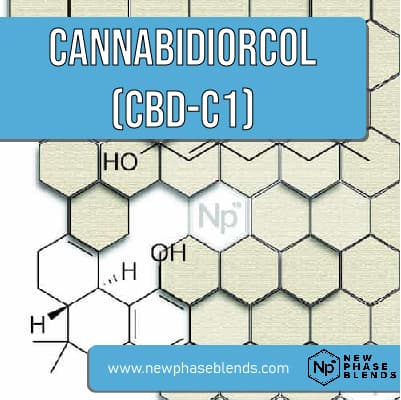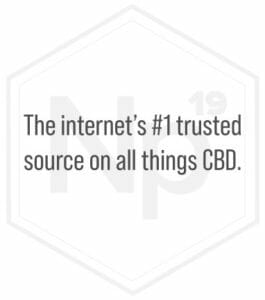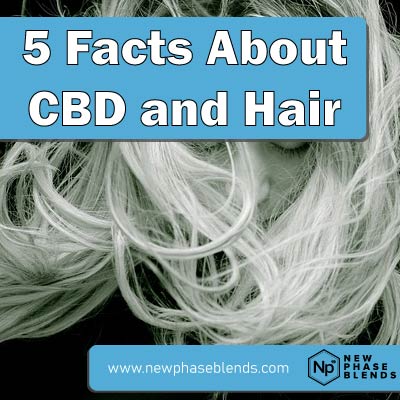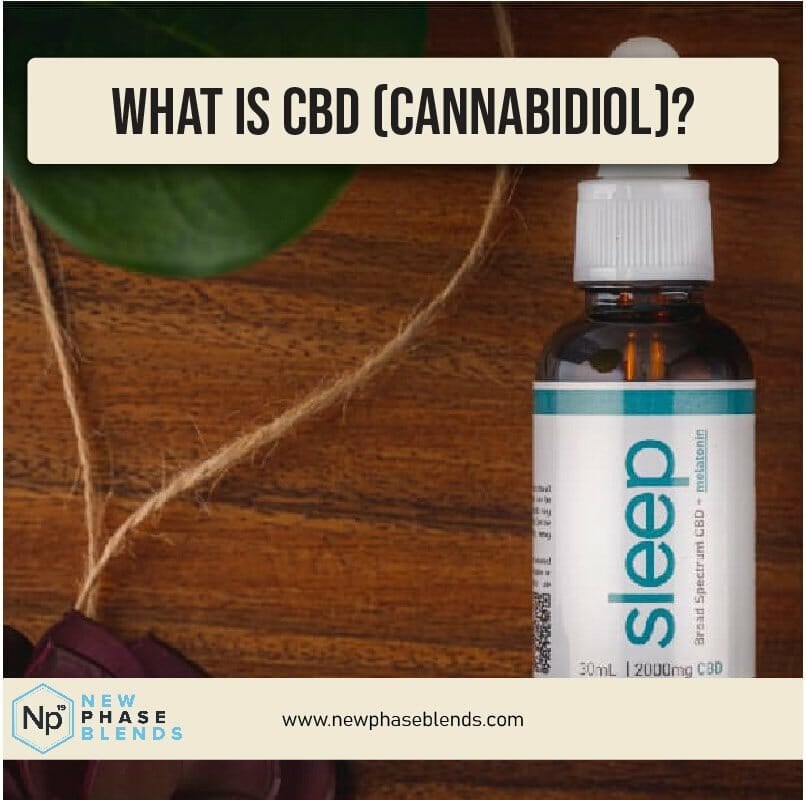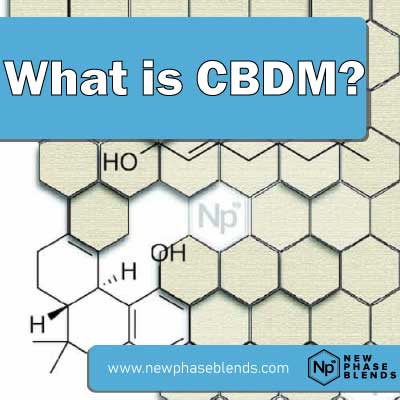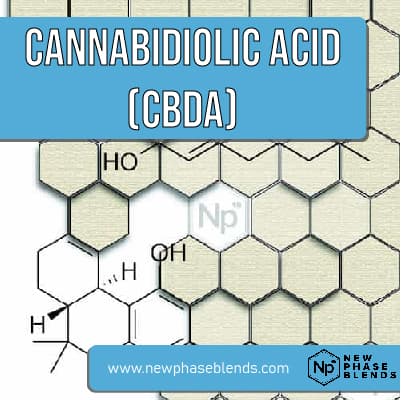WHAT IS CANABIDIORCOL (CBD-C1)?
Cannabidiorcol (CBD-C1) is a derivative of Cannabidiol (CBD). This family of cannabinoids contains several other compounds, mainly Cannabidiol – C1 (CBD-C1), Cannabidiol – C4 (CBD-C4) and Cannabidiolic Acid (CBDA).
There are several others, but the science is hard to to come by when looking for more of the fringe cannabinoids that we know exist, but haven’t studied.
Cannabidiorcol is also known as O 1821. Its’ chemical formula is written as C17H22O2, having a molecular weight of 258 and LogP of 4.4, with the density being 1.073g/cm3. Its boiling point is 401.6C at 760 mmHg.
Both natural and synthetic forms of cannabidiol exist now days. The natural form of CBD is derived from cannabis plants, while synthetic CBD is formed in a laboratory through synthesizing it with complex equipment. Currently, it’s more cost effective to extract cannabinoids than it is to synthesize them.
Discovery of CBD Derivatives Explained
Of the over 124 natural cannabinoids identified in the cannabis plant, seven have been classified as CBD-type compounds. All of them have the same absolute configuration of CBD; they are 5′-methyl-2′-(prop-1-en-2-yl)-1′,2′,3′,4′-tetrahydro-[1,1′-biphenyl]-2,6-dioles retaining the trans-(1 R,6 R) configuration.
Synthetic CBD formulations are chemical analogues of the above compounds.
Cannabidiolic acid (CBDA) and cannabidivarinic acid (CBDVA-C3) are carboxylic derivatives, whereas cannabidiorcol (CBD-C1), cannabidiol-C4 also named as nor-cannabidiol (CBD-C4), and cannabidivarin (CBDV) differ from CBD by the length of their C4 chain. Cannabidiol Monomethylether (CBDM), the C6-methoxy CBD analog, was also isolated from the plant.
Despite the potential therapeutic interest of these naturally occurring CBD derivatives, only a few related pharmacological studies have been reported.
The first discovery of an individual cannabinoid was made when British chemist Robert S. Cahn identified the partial structure of Cannabinol (CBN), which he later discovered as fully formed in 1940. Two years later, American chemist Roger Adams made history when he successfully isolated the first cannabinoid, Cannabidiol.
Related: What is CBN?
His research is also responsible for the discovery of Tetrahydrocannabinol (THC).
Cannabidiorcol is one of the naturally occurring derivatives of cannabidiol (CBD). It has a lot of therapeutic interest. Unfortunately, there are only a handful of pharmacological studies on it. A lot of the interest probably comes from the success of CBD.
It will likely gain more attention in the future, but most studies are revolved around CBD and THC, for now.
HOW IT WORKS
Members of the CBD class of cannabinoids bind weakly to CB1 receptors and act as an “inverse agonist” at the CB2 receptors (Ligresti, et al, 2016). There is even a school of thought that claims CBD doesn’t bind to either receptors, at all, and it instead binds to a currently undiscovered receptor.
A molecule that combines with a receptor on a cell to produce a physiological reaction is referred to as an agonist. An inverse agonist is a ligand that couples to the same receptor location as an agonist. It not only antagonizes the effects of an agonist but, it forces an opposite reaction by holding back spontaneous receptor signaling.
Related: CBN vs CBD
This explains part of the impact of CBD in the human body system when it binds to cannabinoid receptors. One such impact is a moderation of THC effects.
THERAPEUTIC BENEFITS
Generally, CBD and CBD derivatives can act as an anti-depressant, anti-anxiety, anti-inflammatory and antipsychotic agents.
Again, few studies exist with ample evidence to show that CBD-C1 can do this as effective as CBD.
INTERESTING FACTS
Since CBD-C1 is a class of Cannabidiols, it does not have intoxicating effects when consumed, and can potentially be used for neurodevelopmental diseases.

References
Aizpurua-Olaizola O., Soydaner U., Öztürk E., Schibano D., Simsir Y., Navarro P., et al. (2016). Evolution of the cannabinoid and terpene content during the growth of cannabis sativa plants from different chemotypes. J. Nat. Prod. 79 324–331. 10.1021/acs.jnatprod.5b0094.
ElSohly M. A., Gul W. (2014). “Constituents of cannabis sativa,” in Handbook of Cannabis , ed. Pertwee R. G. (Oxford: Oxford University Press; ), 3–22. 10.1093/acprof [CrossRef] [Google Scholar]
ElSohly M. A., Slade D. (2005). Chemical constituents of marijuana: the complex mixture of natural cannabinoids. Life Sci. 78 539–548. 10.1016/j.lfs.2005.09.011 [ PubMed] [ CrossRef] [ Google Scholar ]
Ligresti A, De Petrocellis L, Di Marzo V. From phytocannabinoids to cannabinoid receptors and endocannabinoids: pleiotropic physiological and pathological roles through complex pharmacology. Physiological reviews. 2016 Oct;96(4):1593-659.
Researchgate: https://www.researchgate.net/figure/Natural-phytocannabinoid-CBD-analogs_fig2_318015515
Back to List of Cannabinoids



